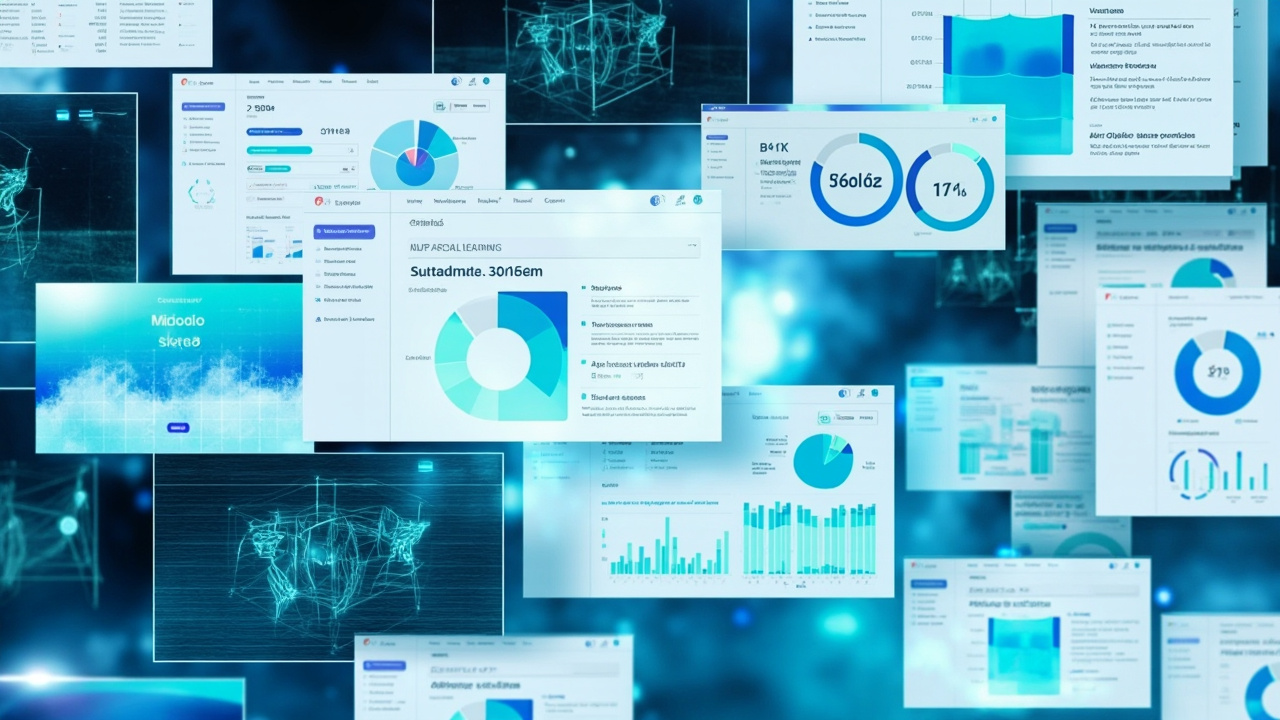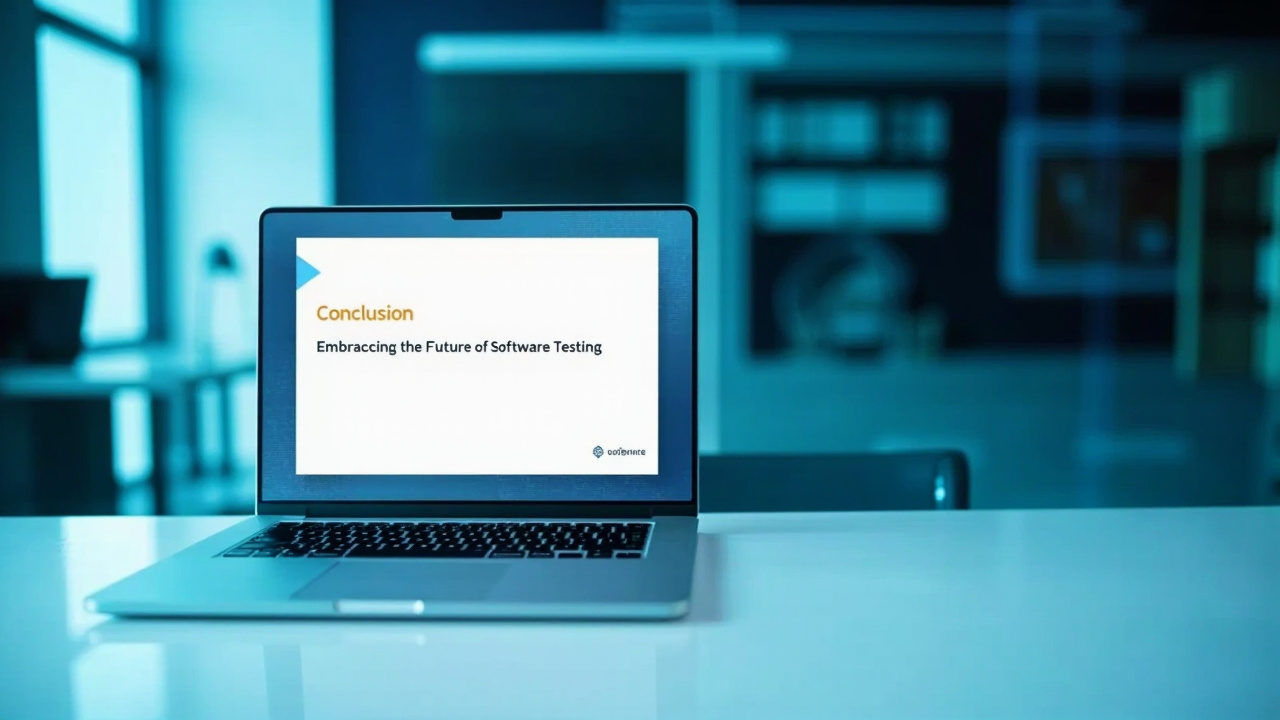In the ever-evolving realm of software development, maintaining high-quality standards is more crucial than ever. As applications become increasingly complex and user expectations rise, software testing tools have emerged as indispensable allies. The right tools not only ensure that software functions as intended but also boost efficiency, reduce costs, and accelerate release cycles. However, with a plethora of options available, choosing the best solutions can be daunting.
Software testing has always been a cornerstone of development, but traditional methods often fall short in todayâs fast-paced environment. Manual testing is labor-intensive and time-consuming, while conventional automated testing scripts can be brittle and hard to maintain. This has led to a surge in innovative testing tools powered by artificial intelligence and machine learning, promising to bridge the gap between quality and speed.
In this comprehensive exploration, weâll delve into the world of software testing tools, examining the challenges they address, the solutions they offer, and the transformative impact they have on development processes. From AI-driven platforms like GenQE to traditional stalwarts, weâll uncover how these tools are reshaping the landscape and what that means for developers and organizations alike.
Understanding the Challenges in Software Testing

Software testing is fraught with challenges that can impede development and affect quality. This section examines the core issues that modern testing tools aim to resolve.
The Complexity Conundrum
As software systems grow in complexity, testing becomes an intricate web of dependencies, integrations, and user interactions. Modern applications often span multiple platforms, devices, and operating systems, requiring extensive testing to ensure consistent functionality.
“Complexity in software development is not just a challenge; it’s an opportunity for innovation.”
Testing every possible scenario manually is impractical, leading to gaps in coverage and potential defects slipping through. Automated testing tools seek to address this by offering comprehensive coverage, but they too face hurdles, particularly in maintaining scripts when changes occur.
Time and Resource Constraints
The pressure to deliver software quickly has never been greater. In industries where time-to-market can determine success or failure, lengthy testing phases are often seen as bottlenecks. Resource constraints further exacerbate this issue, as organizations struggle to balance quality with speed.
Testing tools that leverage automation and AI offer a solution by reducing manual effort and accelerating test execution. Platforms like GenQE exemplify this by automating test case generation and execution, enabling faster development cycles.
Evolving User Expectations
User expectations are continually evolving, with demands for seamless, bug-free experiences across all devices. This puts additional pressure on testing teams to not only identify defects but also ensure an optimal user experience.
AI-powered testing tools are better equipped to predict user behavior and identify potential issues before they impact users. By analyzing historical data and user interactions, these tools can prioritize testing efforts, focusing on areas most likely to affect user satisfaction.
Exploring the Spectrum of Software Testing Tools

The landscape of software testing tools is diverse, ranging from traditional solutions to cutting-edge AI platforms. This section explores the different types of testing tools available today.
Manual vs. Automated Testing Tools
Manual testing tools rely on human testers to execute test cases and report defects. While they offer flexibility and the ability to handle complex scenarios, they are often time-consuming and prone to human error.
Automated testing tools, on the other hand, execute predefined test scripts, offering speed and repeatability. They are ideal for regression testing and scenarios where high coverage is required. However, they can struggle with dynamic interfaces and frequent changes.
“Automation in testing is not about replacing humans; it’s about empowering them.”
For instance, a tool like Selenium automates web application testing but requires skilled testers to write and maintain scripts. In contrast, GenQE automates both test generation and execution, reducing the need for manual script maintenance.
AI-Powered Testing Platforms
AI-powered testing platforms represent the forefront of innovation in software testing. These tools utilize machine learning algorithms to optimize testing processes, from generating test cases to analyzing results.
GenQE is an example of such a platform, offering AI-driven test generation that analyzes software requirements and user data to create effective test cases. Its self-healing automation adjusts scripts in response to UI changes, minimizing downtime.
Specialized Testing Tools
Apart from general testing tools, there are specialized solutions designed for specific testing needs. These include performance testing tools like JMeter, security testing tools such as OWASP ZAP, and mobile testing frameworks like Appium.
Each tool serves a unique purpose, and the choice depends on the specific requirements of the project. For comprehensive testing, integrating multiple tools often provides the best results.
The Role of Automation in Modern Testing

Automation has revolutionized software testing, offering unprecedented speed and accuracy. This section delves into the role of automation and its impact on testing processes.
Test Automation: A Game Changer
Test automation is a game changer in the realm of software testing, transforming how tests are executed and managed. By automating repetitive tasks, teams can focus on more complex testing scenarios and exploratory testing.
Automated testing tools like TestComplete and UFT offer robust frameworks for executing a wide range of tests. They support multiple languages and platforms, providing flexibility to testing teams.
“The real power of automation lies in its ability to free up human creativity.”
GenQE takes automation a step further by integrating AI to prioritize and execute test cases based on risk analysis. This ensures that critical areas are tested first, optimizing testing efforts and focusing on high-impact defects.
Overcoming Automation Challenges
Despite its advantages, automation comes with its own set of challenges. Maintaining test scripts can be difficult, especially when software changes frequently. This is where self-healing automation, as seen in GenQE, becomes invaluable.
Self-healing capabilities automatically adjust test scripts in response to changes, reducing maintenance efforts and ensuring continuity. This not only lowers costs but also minimizes downtime, enabling teams to maintain high-quality standards.
Automation and DevOps
Automation is a key component of DevOps, facilitating continuous integration and continuous delivery (CI/CD). By integrating automated testing into the development pipeline, teams can ensure that each code change is tested promptly and efficiently.
Tools like Jenkins, Azure DevOps, and GitHub Actions provide seamless integration with testing tools, enabling a smooth CI/CD workflow. GenQE’s compatibility with these tools allows for automated testing to be an integral part of the development process.
Advanced Features in Cutting-Edge Testing Tools

Modern testing tools offer advanced features that enhance their utility and effectiveness. This section explores these features and their benefits.
AI-Driven Test Generation
AI-driven test generation is a hallmark of advanced testing tools, offering significant improvements in efficiency and coverage. By analyzing software requirements and user data, these tools generate test cases automatically, reducing the dependency on manual design.
“Harnessing the power of AI in testing is not just about efficiencyâit’s about achieving new heights of quality.”
GenQE exemplifies this capability, using AI to create comprehensive test cases that cover a wide range of scenarios. This not only enhances coverage but also ensures that testing is aligned with user needs and expectations.
Smart Test Execution
Smart test execution prioritizes and executes test cases based on risk analysis, ensuring that the most critical areas are tested first. This approach optimizes testing efforts, focusing resources on high-impact defects.
By leveraging machine learning, tools like GenQE can intelligently determine which tests to run and when, maximizing testing efficiency. This proactive approach helps prevent critical issues from reaching production, safeguarding software quality.
Comprehensive Test Coverage
Comprehensive test coverage is essential for ensuring that software functions seamlessly across different platforms and devices. Advanced testing tools offer extensive coverage, supporting web, mobile, APIs, and cloud environments.
GenQE provides such coverage, ensuring that applications are thoroughly tested, regardless of the platform or operating system. This adaptability is crucial in todayâs diverse technological landscape, where users expect consistent experiences across all devices.
Real-World Applications and Case Studies

Understanding the practical applications of testing tools requires real-world examples. This section presents case studies that highlight the effectiveness of modern testing solutions.
Case Study: Accelerating Time-to-Market
A leading e-commerce platform faced challenges in accelerating its release cycles while maintaining quality. By integrating GenQE into its testing process, the company significantly reduced testing time and improved defect detection rates.
The AI-driven capabilities of GenQE automated test case generation and execution, allowing the team to focus on innovation and feature development. As a result, the company achieved faster time-to-market, meeting customer demands more effectively.
“Innovation thrives when time-consuming tasks are automated, freeing teams to focus on what truly matters.”
Case Study: Enhancing Test Coverage
A financial services firm needed to ensure its applications were secure and functioned flawlessly across multiple platforms. By utilizing a combination of tools, including GenQE and Appium, the firm achieved comprehensive test coverage.
GenQEâs AI-driven test generation provided extensive scenario coverage, while Appium ensured that mobile applications met performance standards. This integrated approach ensured robust software quality, enhancing user confidence and satisfaction.
Case Study: Reducing Maintenance Efforts
A global telecommunications company faced challenges in maintaining test scripts due to frequent UI changes. The self-healing automation feature of GenQE proved invaluable, automatically adjusting scripts and reducing maintenance efforts by 40%.
This capability allowed the company to allocate resources more efficiently, focusing on innovation rather than script maintenance. The result was a more agile and responsive testing process, aligned with the companyâs strategic goals.
The Future of Software Testing Tools

The future of software testing is promising, with advancements in AI and machine learning poised to redefine the landscape. This section explores emerging trends and what they mean for the future.
The Rise of AI in Testing
AI is set to play an increasingly central role in software testing, offering solutions to complex testing challenges. From predictive analytics to adaptive testing, AI-driven tools promise greater efficiency, accuracy, and adaptability.
GenQE, with its AI-powered capabilities, represents the future of testing, providing insights and automation that were once thought impossible. As AI technology evolves, we can expect even more sophisticated tools that enhance testing processes.
“The future of testing lies in the seamless integration of AI, creating a synergy between technology and human expertise.”
The Shift Towards Continuous Testing
Continuous testing is becoming the norm, driven by the need for rapid feedback and agile development cycles. Testing tools that integrate seamlessly with DevOps pipelines will be crucial for success, enabling continuous integration and delivery.
Platforms like GenQE are well-suited for this shift, offering seamless integration with CI/CD tools and providing real-time feedback. This ensures that testing keeps pace with development, maintaining high-quality standards throughout the lifecycle.
Embracing a Collaborative Testing Approach
The future of testing will also see a more collaborative approach, with cross-functional teams working together to ensure quality. Testing tools that facilitate collaboration and communication will be vital in this new paradigm.
By providing detailed insights and analytics, tools like GenQE enable teams to make informed decisions and foster collaboration between developers, testers, and stakeholders. This collaborative approach ensures that testing is aligned with business objectives and user needs.
Conclusion: Embracing the Future of Software Testing

Software testing tools are at the heart of modern development, enabling teams to deliver high-quality software efficiently and effectively. As the landscape continues to evolve, embracing innovative solutions like AI-powered platforms will be key to success.
The challenges of complexity, time constraints, and evolving user expectations are not insurmountable. With the right testing tools, organizations can overcome these hurdles, achieving faster time-to-market, improved quality, and enhanced user satisfaction.
For those seeking to elevate their testing processes, exploring tools like GenQE offers an opportunity to harness the power of AI and automation, setting the stage for future success. As we look to the future, the integration of cutting-edge technologies will undoubtedly shape the next generation of software testing, driving innovation and excellence in the industry.
“The journey to quality is ongoing, and with the right tools, it becomes a path paved with opportunity and innovation.”
Ready to explore the future of software testing? Discover how AI-powered tools like GenQE can transform your testing processes and drive success in your development journey.
Discover More Innovative Solutions
Want to learn more about the tools and technologies discussed in this article? Explore how these innovations can be tailored to your specific needs and workflow requirements.
Our team of experts is available to answer your questions and provide personalized insights into how modern solutions like GenQE can address your specific challenges.